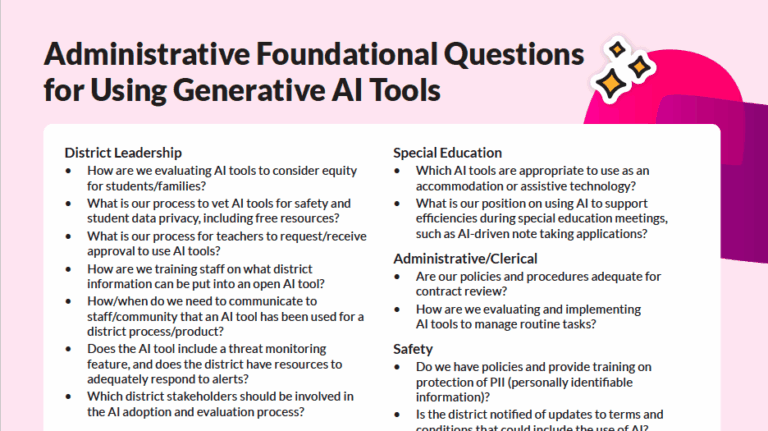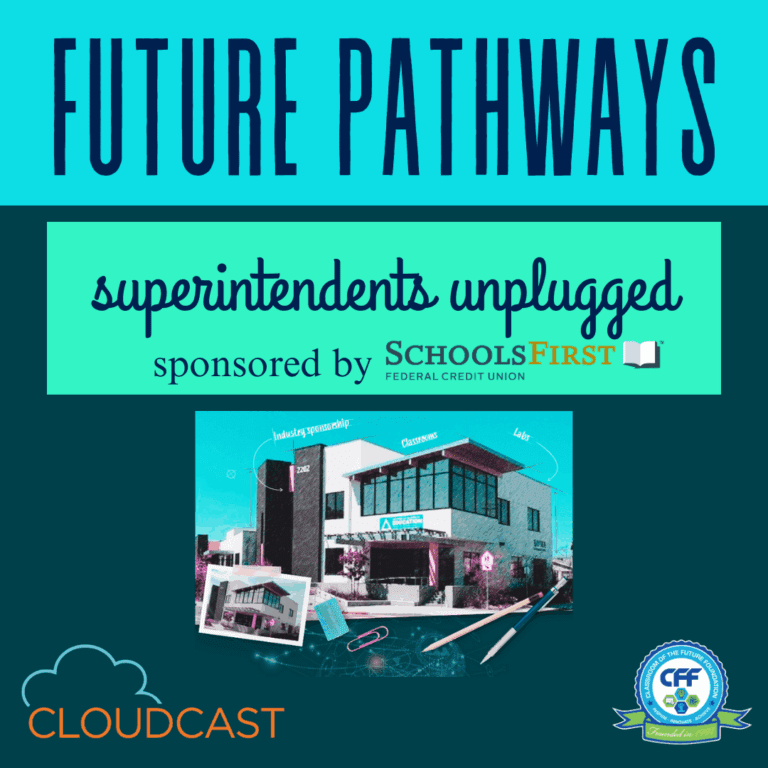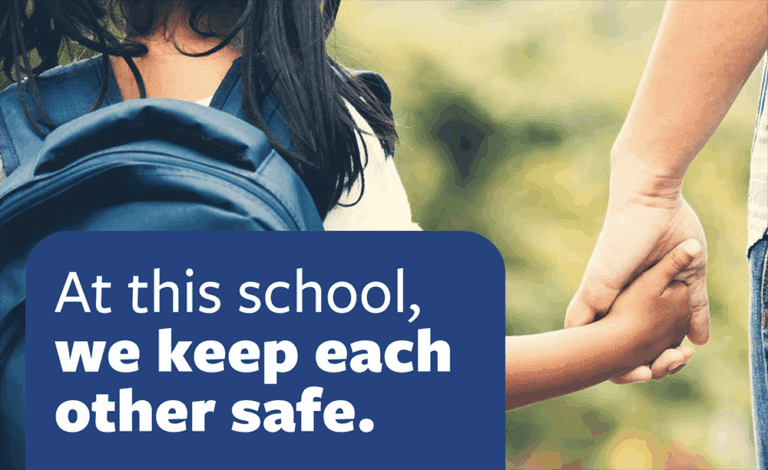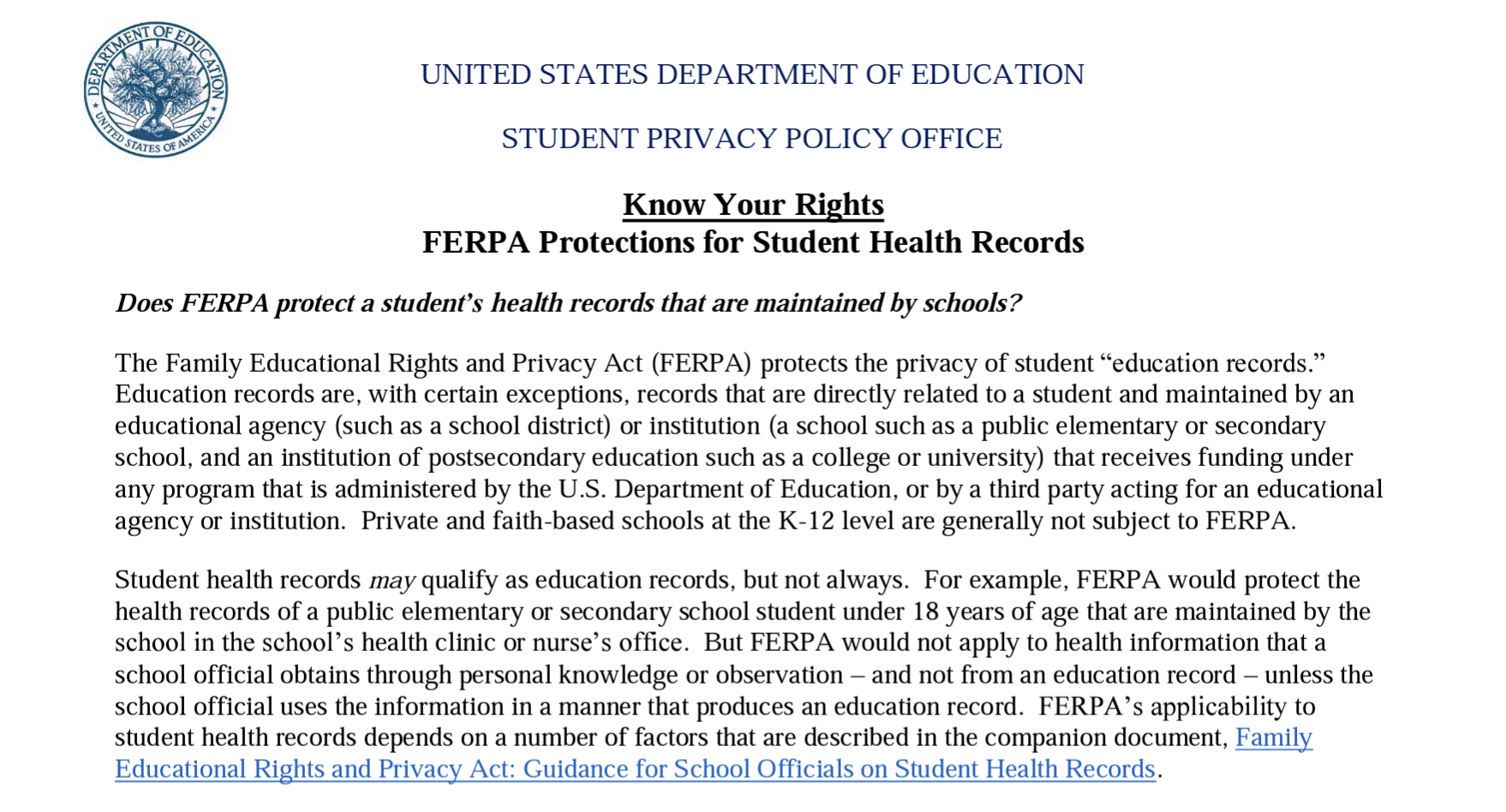
This resource is provided by ACSA Partner4Purpose Right At School and was written by Brenna Pirozok, senior manager of inclusion and accessibility.
To cultivate an environment where every child feels they belong, it is essential to implement effective strategies that actively engage families, educators, and the wider community. At Right At School, we passionately prioritize making sure all our students feel a sense of belonging because we love kids AND we know research shows that individuals who experience a sense of belonging are more likely to thrive academically and socially.
In fact, a study by education researcher John Hattie involving 300 million students found that teacher-student relationships, school climate, and sense of belonging meaningfully contribute to academic success. It only makes sense to prioritize this sense of belonging from the moment children step into a school until they go home at night.
The Importance of Belonging
Belonging is not merely a feel-good concept; it is a fundamental aspect of human psychology.
A sense of belonging is deeply rooted in our evolutionary history as we are social creatures who historically relied on group cohesion for survival. Some key aspects of belonging include:
- A strong social identity can enhance self-esteem and foster feelings of acceptance and validation.
- Emotional support which reduces feelings of loneliness and isolation. When individuals feel connected to others, they are more likely to experience positive emotions and resilience during challenging times.
- Enhanced motivation and engagement in various contexts, such as school or work. People who feel they belong are often more invested in their communities, leading to better performance and collaboration.
When children feel like they are part of their school community, they are more likely to engage with their learning, participate in activities, and develop positive relationships with peers and educators.
This engagement translates into better academic performance, higher attendance rates, and a stronger commitment to their education. For families, feeling included in the school community fosters trust and cooperation, creating a supportive environment for their children’s growth.
The 2021 report Embracing a New Normal: Toward a More Liberatory Approach to Family Engagement explains that family engagement is considered a pillar of effective teaching requiring serious investments from schools and community systems. The research indicates that positive collaboration between families and schools can greatly enhance student mental health outcomes. This partnership creates a supportive network, fosters better communication, and enables coordinated interventions to tackle potential challenges. As a result, students benefit from improved well-being and enhanced emotional regulation.
Strategies to Foster Belonging
To create and maintain a sense of belonging, educators and school districts can employ several effective strategies. Below are some actionable approaches that can help:
1. Tapping into the power of family engagement initiatives
Family engagement is vital in building a sense of belonging. Research shows that schools that actively engage families in school activities and decision-making processes see significant benefits. For instance, a study by the National Education Association (NEA) found that when schools establish strong family engagement practices, students are 30% more likely to achieve higher academic performance. Additionally, these schools report increased attendance rates and lower dropout rates, highlighting the positive impact of family involvement on overall student success.
2. Providing inclusive curriculum and programming
An inclusive curriculum that reflects the diverse backgrounds and experiences of all students is essential. Educators can incorporate texts, historical narratives, and cultural practices from a variety of perspectives, ensuring that all students see themselves represented in what they learn. I saw this in action in a preschool program where the teacher researched the origins of every student in her classroom with the help of parents and caregivers. (Bonus points for family engagement!)
Not only did the teacher represent each flag and display them in the classroom to recognize every holiday for each origin, she also had children greet each other every day in each origin’s language, teaching inclusivity and tolerance with young children.
3. Creatively partner with community organizations to meet student needs
Building partnerships with local organizations can enhance the sense of belonging for students and their families. Schools can collaborate with community centers, cultural organizations, and local businesses to create events and programs that foster connections among families and encourage community involvement. These partnerships not only strengthen ties between the school and the community but also provide valuable resources and support for families.
4. Deliver high-quality and ongoing professional development for educators
Educators play a crucial role in fostering belonging within their classrooms and schools. Providing professional development focused on cultural competency, implicit bias, and inclusive teaching strategies can empower educators to create more inclusive environments. Workshops that encourage educators to reflect on their practices and biases can lead to greater awareness and more effective teaching methods that honor the diversity of their students.
5. Build transparent dialogue and proactive communication
Open communication is key to creating a sense of belonging. Forums for dialogue where students, families, and educators can share their thoughts, concerns, and suggestions is a fantastic way to offer a platform for feedback. When stakeholders feel heard and valued, they are more likely to engage positively with the school community.
Resource Idea to Support Belonging
Social Stories: Social stories are short narratives that describe social situations, behaviors, and expectations in a straightforward and relatable manner. These stories can play a crucial role in helping children that are younger in age, have neurodivergence, or other diverse learners navigate their social environments, ultimately enhancing their sense of belonging within the school community.
Creating social stories is not just about teaching children how to behave; it also encourages empathy and understanding. When students read or hear stories that depict different perspectives, they learn to appreciate the feelings and experiences of their peers.
For example, the Inclusion Team at Right At School created a social story for diverse learners to help ease potentially stressful situations during Emergency Drills which outlines appropriate ways to respond in a complicated situation. This social story:
- Validates the student’s feelings
- Explains in simple terms why emergency drills are necessary
- Provides examples of what the student should do in an emergency situation
- Gives students tools to help them cope with the situation (“During a drill, there may be a loud noise or light. I may need to cover my ears or put on headphones. I still need to keep my eyes on my teachers.)
- Let’s the student know they are safe with Right At School staff
Creating an inclusive and equitable educational environment where every child feels they belong requires intentional action and commitment from all stakeholders. By prioritizing family engagement, developing an inclusive curriculum, fostering community partnerships, supporting educators through professional development, and promoting open dialogue, schools can dismantle barriers and cultivate a thriving community. When children and their families feel a true sense of belonging, they are more likely to succeed both academically and socially.
Read Right At School’s blog for more information.

































